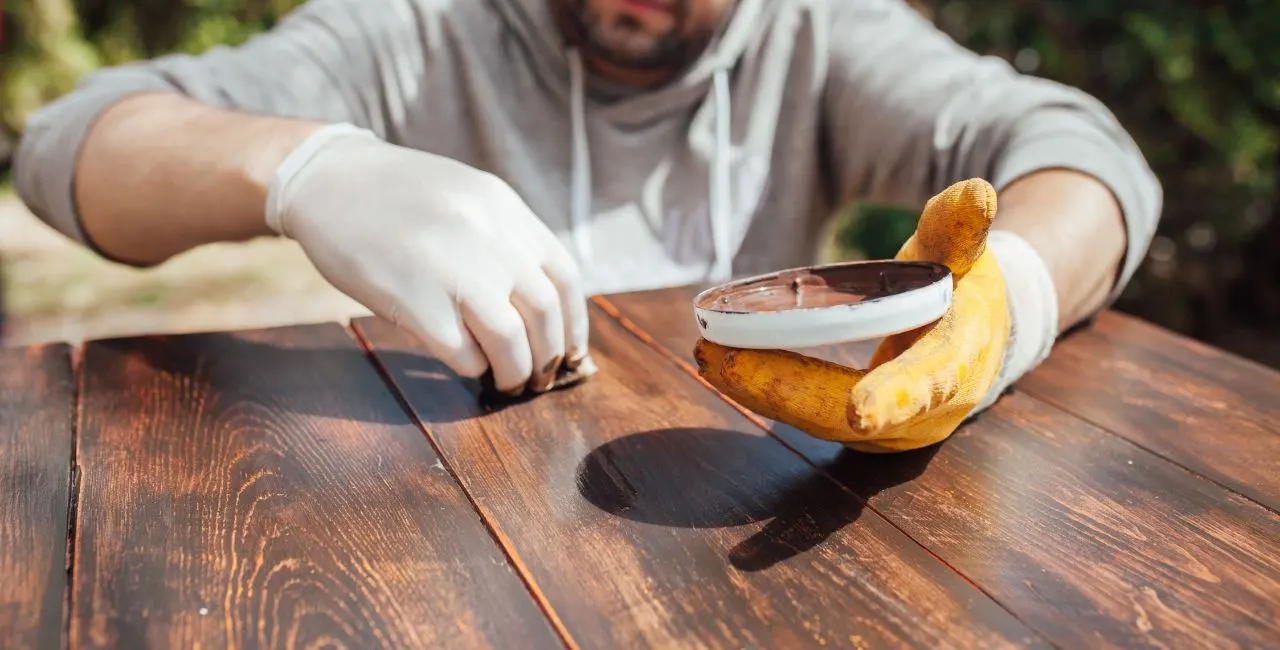How to varnish and protect wood
In three steps
Varnishing wood and protecting it is not complicated, but it is important to do it well to extend its life. We explain how to do it in three steps.

1. Old wood
When working with old wood, the first step is crucial: prepare it properly. This involves a deep cleaning and treatment process to remove years of wear and tear, previous products and possible pests, leaving the wood ready for a new life.
- Removal of previous treatments: Use a paint stripper or similar product to remove traces of old varnish, paint or wax.
- Sanding: Thoroughly sand the surface, starting with a coarse grit sandpaper and finishing with a fine grit sandpaper until the wood is completely clean and uniform.
- Woodworm treatment: If there are signs of woodworm, apply a specific product before proceeding.
- Final preparation: Once cleaned and treated, proceed with the finish as if it were new wood.
2. New wood
New wood offers a blank canvas to achieve the perfect finish. However, even in its original state, it needs careful preparation to ensure that any subsequent treatment, such as varnishes or oils, will adhere properly and enhance its natural beauty, guaranteeing a long-lasting and aesthetic result.
- Progressive sanding: Sand the surface with sandpaper of different grits (medium to fine) to open the pore of the wood and facilitate the adherence of the varnish or oil.
- Varnish application: Apply several coats of varnish, letting it dry well between coats. Sand lightly between coats to achieve a uniform finish.
- Final finish: Choose the desired gloss level for the last coat (matte, satin or glossy).
3. Oil application
If you are looking for a finish that enhances the beauty of the wood, protecting it while allowing it to breathe and show its natural grain, oil is an excellent choice. Its application is a process that nourishes the wood from the inside, offering long-lasting protection and a warm, silky feel.
- Preparation: With the wood already sanded and cleaned, apply the oil with a cloth, spreading it well so that it penetrates the surface.
- Successive coats: Apply several coats, letting dry between each one of them. This enhances the natural grain of the wood and provides long-lasting protection and a warm finish.
How often is it advisable to varnish wood?
The durability of the varnish and the frequency with which you should reapply it depends on several key factors, mainly the type of wood, the use to which it is exposed and, above all, whether it is indoors or outdoors.
With regular maintenance(cleaning and adequate protection), varnishing can be spaced over many years.
